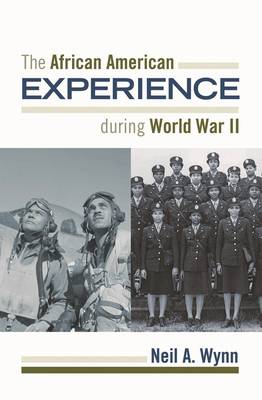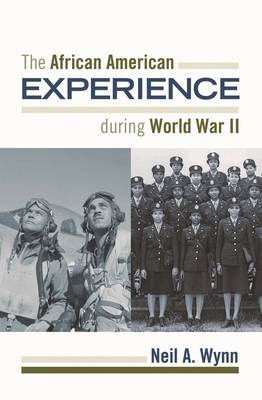
- Afhalen na 1 uur in een winkel met voorraad
- Gratis thuislevering in België vanaf € 30
- Ruim aanbod met 7 miljoen producten
- Afhalen na 1 uur in een winkel met voorraad
- Gratis thuislevering in België vanaf € 30
- Ruim aanbod met 7 miljoen producten
Zoeken
Omschrijving
Drawing on more than thirty years of teaching and research, Neil A. Wynn combines narrative history and primary sources as he locates the World War II years within the long-term struggle for African Americans' equal rights. It is now widely accepted that these years were crucial in the development of the emerging Civil Rights movement through the economic and social impact of the war, as well as the military service itself. Wynn examines the period within the broader context of the New Deal era of the 1930s and the Cold War of the 1950s, concluding that the war years were neither simply a continuation of earlier developments nor a prelude to later change. Rather, this period was characterized by an intense transformation of black hopes and expectations, encouraged by real socio-economic shifts and departures in federal policy. Black self consciousness at a national level found powerful expression in new movements, from the demand for equality in the military service to changes in the shop floor to the "Double V" campaign that linked the fight for democracy at home for the fight for democracy abroad. As the nation played a new world role in the developing Cold War, the tensions between America's stated beliefs and actual practices emphasized these issues and brought new forces into play. More than a half century later, this book presents a much-needed up-to-date, short and readable interpretation of existing scholarship. Accessible to general and student readers, it tells the story without jargon or theory while including the historiography and debate on particular issues.
Specificaties
Betrokkenen
- Auteur(s):
- Uitgeverij:
Inhoud
- Aantal bladzijden:
- 200
- Taal:
- Engels
- Reeks:
Eigenschappen
- Productcode (EAN):
- 9781442200166
- Verschijningsdatum:
- 16/06/2010
- Uitvoering:
- Hardcover
- Formaat:
- Genaaid
- Afmetingen:
- 162 mm x 233 mm
- Gewicht:
- 426 g

Alleen bij Standaard Boekhandel
+ 220 punten op je klantenkaart van Standaard Boekhandel
Beoordelingen
We publiceren alleen reviews die voldoen aan de voorwaarden voor reviews. Bekijk onze voorwaarden voor reviews.











